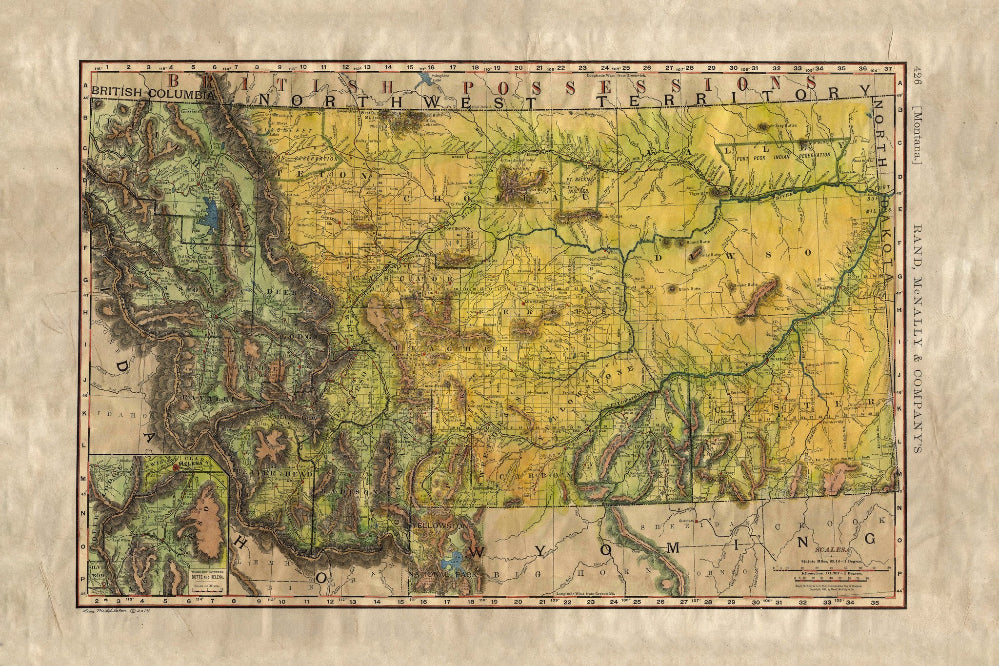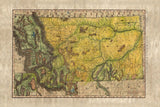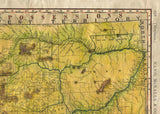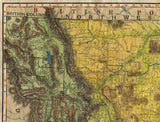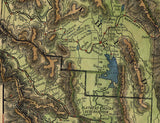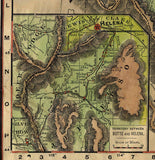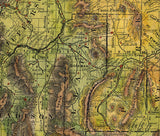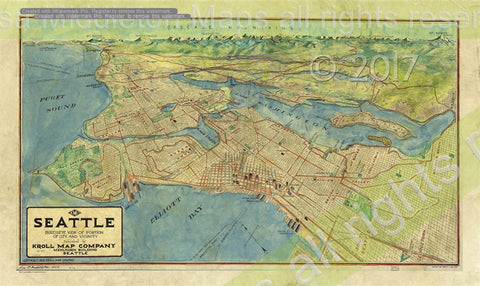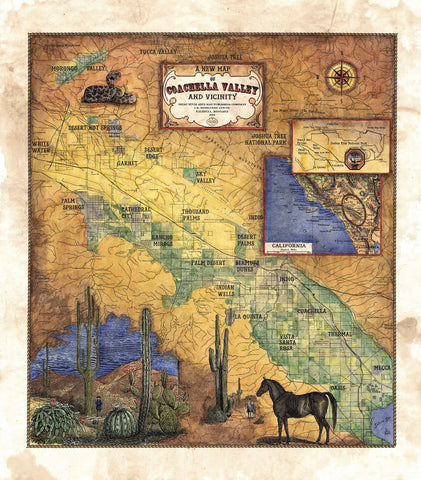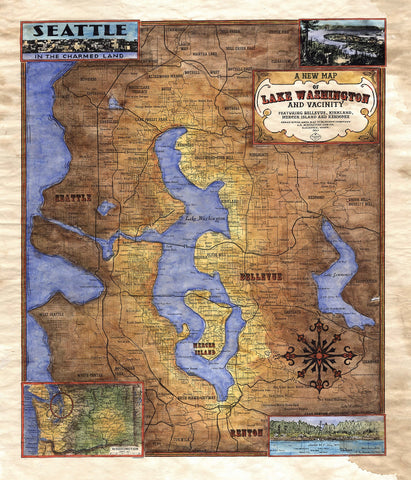079 Montana Railroads 1893
This map of the state of Montana by Rand McNally features counties shaded by color to denote boundaries and area. If you look closely, you can see that a few of the counties have their boundary mark set by a portion of the Rocky Mountains. The natural mountain ridge made for easier boundary establishment as local government would have had a hard time trekking over the ridge or squeezing through passes to keep up early municipal responsibilities.
The inset features the area between Butte and Helena. Portions of Wyoming and the Northwest territory are also viewable, as well as a sliver of the state of Idaho. Much of the counties had been surveyed at this point, particularly around areas of trade and commerce. This map shows us a glimpse into Montana by giving us a look at it's great natural resources that were yet to be taken advantage of.
During this point in Montana's history it was still considered to be a new state. The state received its grant for statehood in the year 1889. This map was produced in 1897, and what a difference a few years makes. Now, counties are fully established and surveyed, and the main towns are well cemented for trade and commerce.
Yet even so, the challenge for Montana at the time was settlement. Even though the Homestead Act and the Desert Land Act of the mid to late 1800s were an effort by the government to entice settlers, few people took them up on those offers. Most of the reason was the fact that the Homestead Act did not provide enough land to sustain a family and its livestock (140 acre allotments), and the Desert Land Act provided massive grants of land that was unsustainable for families (640 arid acres).
However, some settlement had occurred due to trade and military movement. You can see several well populated towns on the map. Montana was growing and the state was primed for population increase, it just needed a push in the right direction. The early 1900s would see an influx of people as the owner of the Great Northern Railroad, James J. Hill, would promote settlement on the prairie lands in an effort to fill his trains with goods, settlers, and services. Other railroads would soon follow suit and by the mid-
1900s, Montana would grow at a steady rate, in a manner similar to other states. This would mean they would have to fight through a drought and massive state bankruptcy that would occur in the early 1900s, but in the end, they would make it through. However, all of that was yet to come.
All sizes are approximate.
We Also Recommend

